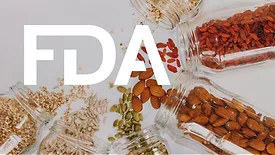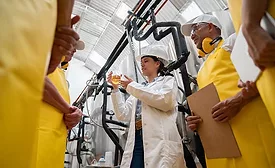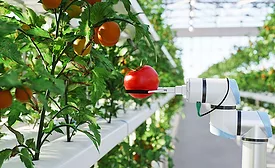Home » inspection
Articles Tagged with ''inspection''
Addressing the Workforce Shortage in Food Safety: A Critical Challenge for a Secure Food System
Despite growing demand for rigorous oversight, the food safety sector faces a significant workforce shortage, particularly in roles related to auditing, inspections, and assessments
April 11, 2025
Never miss the latest news and trends driving the food safety industry
eNewsletter | Website | eMagazine
JOIN TODAY!Copyright ©2025. All Rights Reserved BNP Media.
Design, CMS, Hosting & Web Development :: ePublishing


.webp?height=168&t=1691503719&width=275)







